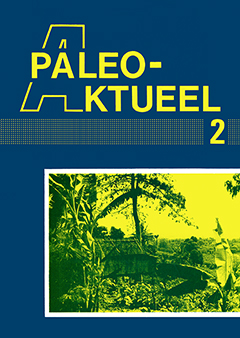WAT AMERIKA ONS KAN LEREN: OVER 19e-EEUWSE LANDSCHAPSSCHILDERIJEN EN ETHNO-ECOLOGISCHE GESCHIEDSCHRIJVING
Samenvatting
Some 19th-century American landscape paintings show a predominantly cultural landscape: American nature transformed by white men into fields and pastures. Other paintings at first sight only display natural features: wooded hills, a river fiawing along, a lake enclosed by tree-clad slopes. On closer inspection these latter landscapes may also contain important signs of human influence. In fact, some of these paintings give us valuable information as to clearing techniques during the pioneering phase of settlement in the inner parts of the northeastern states of the US. Cut tree stumps, felled trees, or standing, dead (girdled) trees with traces of burning, are all indications of newly cleared land. In these paintings we are witnessing the final phase of the white man's penetration into, and transformation of, the deciduous woodlands of the northern hemisphere. In Europe this process had started way back in the Neolithic. A remarkable book by William Cronon compares the ecology and the attitude (or should l say perception?) of the colonists of European descent with those of the original Indian population of New England. As background information this book also proved surprisingly valuable for a fuller appreciation of the landscape paintings mentioned previously, which I saw in same major museums on the east coast of the US.

